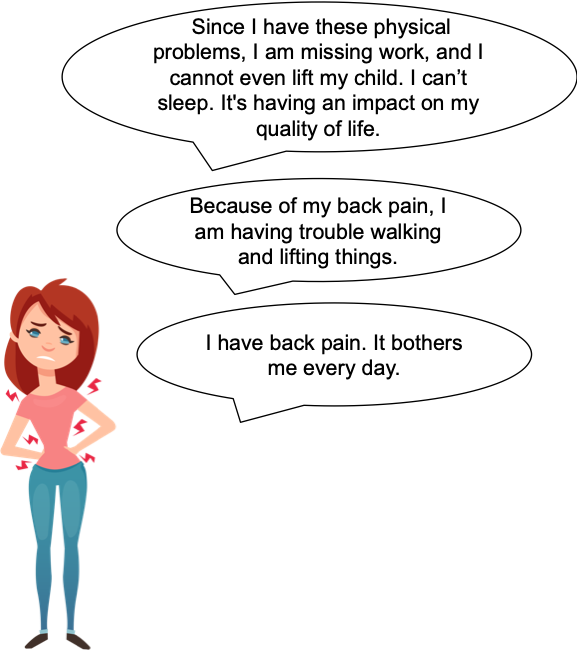What is the Difference Between Health-Related Quality of Life (HRQoL) and Patient-Reported Outcomes?
This webinar featured Laurie Burke, MPH, Founder of the LORA Group, LLC, and discussed the difference between Health-Related Quality of Life (HRQoL) and Patient Reported Outcomes. Patient-reported outcomes (PROs) provide specific insights related to how patients feel and function in their everyday lives. This webinar discussed how PROs and HRQL are different from one another but closely related. Regulators and other health care stakeholders are increasingly interested in utilizing information from clinical outcome assessments, such as PROs to inform their decision-making. HRQoL is often used erroneously as a synonym for a PRO. Understanding the differences can help facilitate engagement.
Watch the webinar or read a summary of the webinar below.
By Aimee Lee Russell, Associate, Programs
On June 10, Laurie Burke, MPH, founder of LORA Group LLC and former Director of Study Endpoints and Labeling Development at the Food and Drug Administration (FDA), spoke about how health-related quality of life (HRQL) compares to patient-reported outcomes (PROs). This was the eighth webinar in the NHC’s Clinical Outcome Assessment (COA) series.
HRQL is a type of PRO, because it can only be reported by the patient him or herself. HRQL is multidimensional and represents a patient’s overall perception of the effect of illness and treatment on their physical, psychological, and social aspects of life.
To demonstrate a change in HRQL, researchers need to show that all of the domains important to HRQL were measured, an improvement was demonstrated, and there wasn’t a reduction in any of the domains (e.g., if physical functioning improved, but psychological function actually decreased, therefore HRQL improvement was NOT demonstrated).
In figure below, the top bubble describes what a HRQL measure may try to capture – all of the different things related to health that are impacting a patient’s quality of life. As you can imagine, the important HRQL domains would be different for specific diseases and patients. Overall, HRQL is broad and the impact of a treatment on all important HRQL domains would be very difficult to measure adequately. In addition, changes in HRQL are difficult to interpret without knowing first how the disease or condition is changing.

Other PROs differ from HRQL in that they can be developed to detect change in the core set of things that define disease severity. As you can see in the figure above, back pain is really the core problem for the patient, as depicted in the lowest bubble. While a HRQL questionnaire might try to measure everything in the highest bubble – back pain severity, a PRO, and how back pain impacts specific daily activities – the items in the second bubble are important outcomes to measure to understand the impact of treatment.